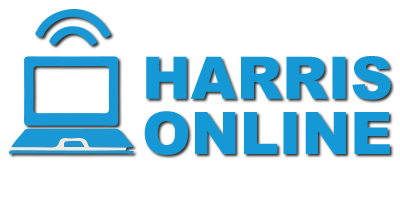I’ve spoken often recently about businesses succeeding by giving people what they want in a way that makes it easiest for them to use the product. Unfortunately, here’s another example of a company that still doesn’t get it.
I wanted tickets to an upcoming event which are available online via Ticketmaster. I went to their website, typed in the date and venue, and was quickly offered an opportunity to buy the “best seats available.” I chose that option and, after a few seconds, was shown the row and seat numbers of the tickets I could buy — with the proviso that, if I didn’t buy them within two minutes, they would be released and no longer be held for me.
I checked the seating chart for the venue and saw that the seats I’d been offered were way off to the side. I wanted something more in the middle, even if it was further back.
On the Ticketmaster screen, just under where it says which tickets you can buy, is a link that reads “If you don’t want these tickets, give them up and search again.” I clicked that link, but instead of being offered different seats in the venue, I was taken back to the first screen for the event and had to start over again. When I did, Ticketmaster’s system then returned me to the page that offered me the exact same seats. The system hadn’t searched again, it had simply taken the same path to the same result. It was like playing hide-and-seek with a two-year-old who always hides behind the drapes.
There was no other option offering me seats in a different section or row. That’s is not how it should work.
When I book tickets on an American Airlines flight, I can choose where I want to sit in the plane. The AA site brings up a graphic of the entire plane showing which seats are available. I click on the ones I want, and they are automatically reserved for me.
That’s how Ticketmaster should do it, too. I realize this would be a little tougher for major events in which they’re swamped with requests as soon as tickets go on sale, but that’s not their entire business — and even then, it would be nice to choose an aisle seat, or move further back to stay in the middle, etc. In other words, make it the best possible experience for the customer.
Frustrated by the online version of Ticketmaster, I decided to place my order over the phone. Their 800 number greeted me with a computerized voice system that asked the event, date, and venue name I wanted to buy tickets for. Since there was no immediate option for speaking to a human being, I followed the prompts and provided the information. If I wanted to, I could have used the phone system to conduct my entire transaction without speaking to anyone, but I guessed that doing it that way would give me the same results as the website had, with no real choice of seats.
When I finally was given the speak-to-a-person option, I pressed it and was told there’d be a four-minute wait. That’s fine, I was sitting at my desk with other things to do, so I turned on the speakerphone and waited while I checked my e-mail.
After 4 minutes, Rick came on the line and asked, “How can I help you?” Naturally, all that information I had just given to the voice system had not been forwarded to him, so I had to start all over again — again. When he checked on ticket availability, the first seats Rick offered me were the exact same ones the website had come up with (I expected that, since he’s no doubt working off the same database).
I asked him what else was available and, after three tries, he finally found good seats in a center section a little further back, just what I wanted. I gave him my credit card information, chose the tickets-by-mail option (free) rather than the print-your-own via e-mail option (an extra $1.75, which is counterintuitive since Ticketmaster saves money in printing and mailing costs when the customer chooses this option), and we completed the transaction.
Rick thanked me for my business, but before I let him go, I asked one last question, and the answer astounded me. I wanted to know if I could have avoided the other Ticketmaster fees (a “building facility charge” of $1 and a “convenience charge” of $4.60 — adding an additional 25% to the price of each ticket!) by going to the venue box office. Rick told me yes, I could avoid those fees, but only if I paid in cash.
Why should that make a difference? Rick didn’t know, but said I would have had a lot less trouble choosing exactly which seats I wanted if I’d just gone to the venue.
There has to be a better way.
